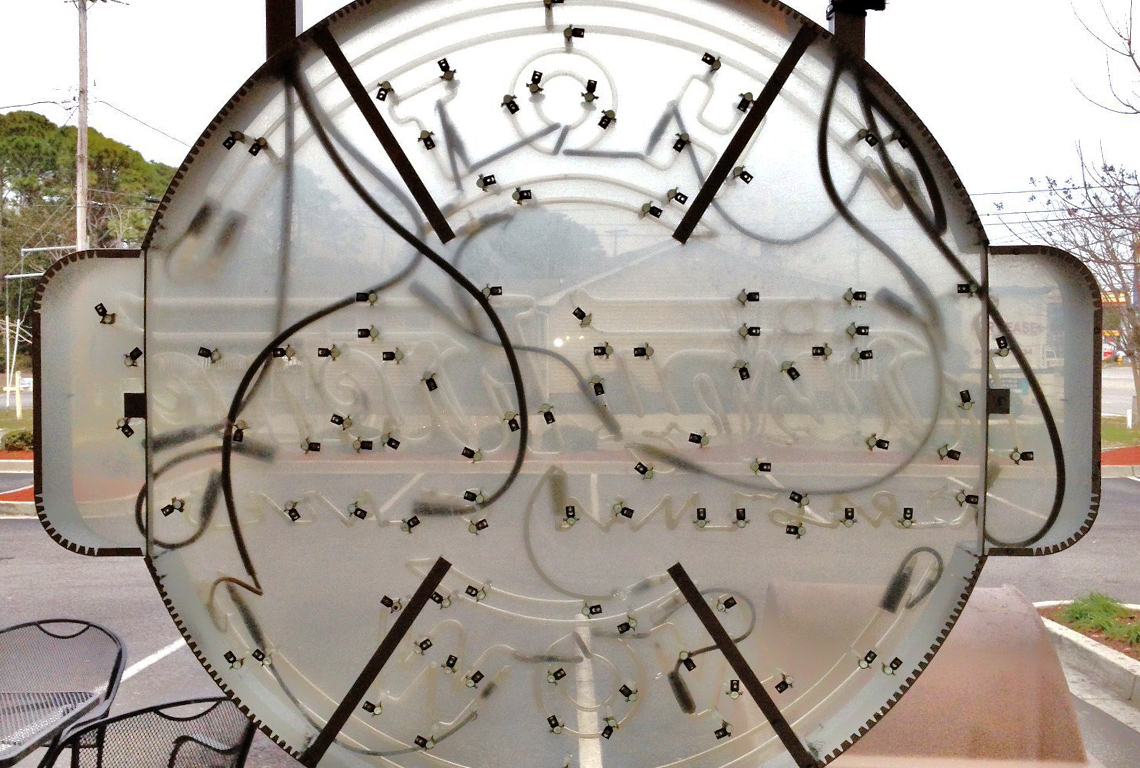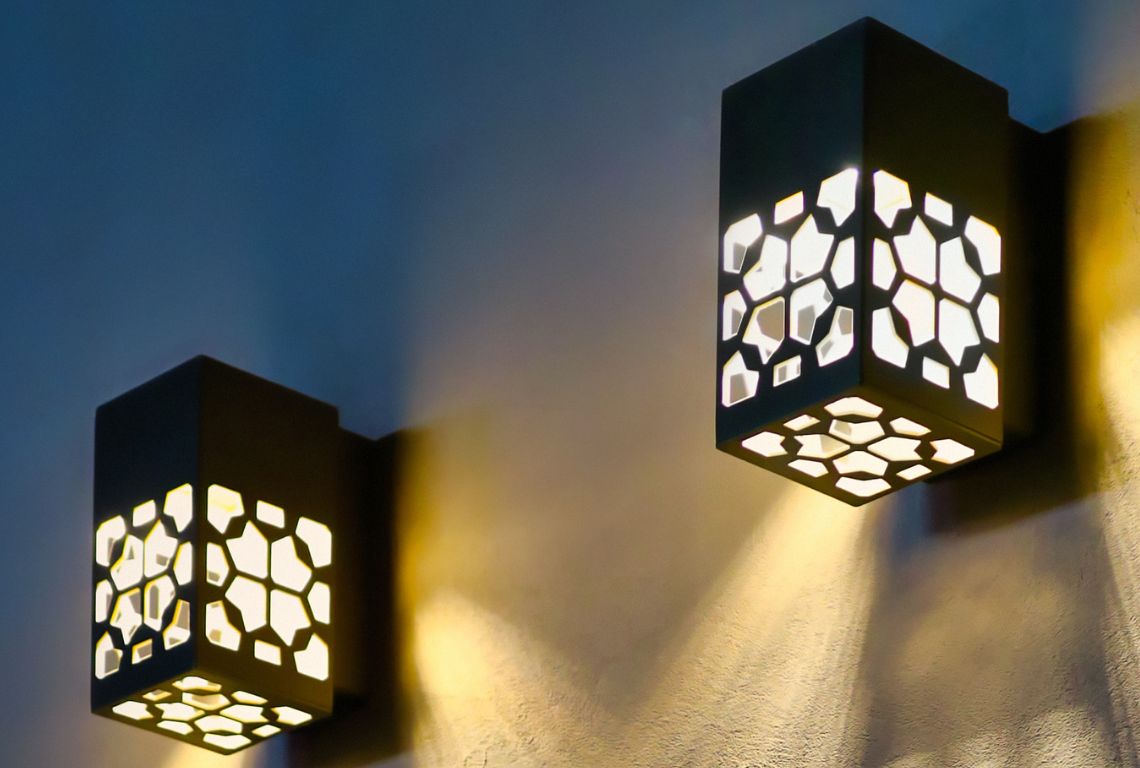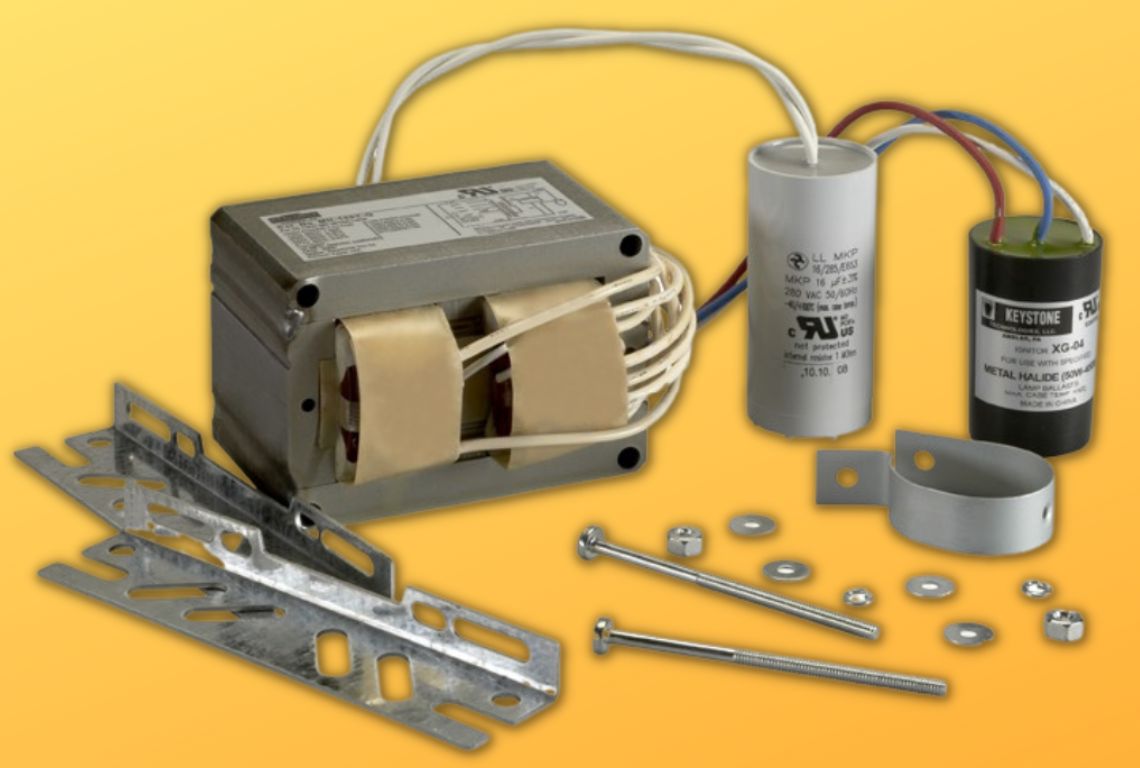
An Excerpt from:
The Lighting industry’s call for a practical lighting energy policy.
Published by the American Lighting Association, Illuminating Engineering Society (IES), and International Association of Lighting Designers (IALD)
Quality of light is essential to quality of life.
Lighting consumes 20% of all electric energy in the United States. Saving energy is vital, but the positive effects of good lighting on quality of lie are equally important. While light is a commodity, we take for granted to be able to see, lighting is a tool used to create needed visual environments for people to live, work, play, learn, shop, communicate and do business. Light is an especially essential element in the most personal of spaces- our homes.
To help optimize American productivity and comfort in the twenty-first century, the Illuminating Engineering Society (IES), the International Association of Lighting Designers (IALD) and the American Lighting Association (ALA) urge governments to adopt energy policies that recognize the importance of proper application of lighting and its impact on human well being and commerce. Energy efficiency and lighting quality should go hand in hand in shaping effective energy policy.
The proper application of lighting improves satisfaction and performance, draws attention, influences social interaction, fosters mood and atmosphere, beautifies space and architecture, facilitates communication, promotes safety and security, and increases visual comfort.
Poor lighting can have opposite effects among them headaches, gloom, glare, distraction, and lower productivity.
We acknowledge the importance and value of energy-efficient lighting and believe it should be achieved in a manner that does not compromise the lightning’s primary intent- to serve human needs in a world which most information is gathered through the eye.

What are some things energy policies should focus on?
Light + Vision
Lighting exists to enable us to see; higher or lower light levels affect the visibility of what we see. The more visible tasks are, the more efficiently, and accurately we perform them. Energy policies should ensure that light levels meet accepted IES standards.
Light + Comfort
Good lighting provides sufficient light levels without glare. Energy policies should incorporate visual comfort as a requirement to promote lighting choices that do not trade off efficiency for glare.
Light + Modeling
Light and shadow are tools that lighting designers use to make faces, objects, and spaces more visible or more attractive. Energy polices should ensure that choice of lighting promotes effective communication, commerce, and safety.
Light + Health
Poor lighting may negatively impact health and wellbeing by producing glare, eyestrain, flicker, tension, and interference with the body’s circadian rhythms. It can also produce unsafe conditions by failing to properly illuminate hazards such as curbs, stair edges—even labels on cleaning products. Energy policies should promote lighting that in turn promotes safety, security, and wellbeing

Contact Us:
Phone:
1-800-788-7448
Main Office:
4133 US Hwy 321A
Granite Falls, NC 28630
Eastern NC Office :
8760 Trade St. NE
Leland, NC 28451
South Carolina Office :
2423 Highway 17 South
North Myrtle Beach, SC 29582
Family owned and operated for over 25 years.
Licensed in the North Carolina, South Carolina, Virginia, West Virginia, Tennessee & Georgia

Get Social
The Latest from Southern Lighting Services











